How I Got my First Schengen Visa: Mistakes, Lessons & What I’d do differently now
In this post, I’ll walk you through how I got my first Schengen visa, what I did right, the subtle mistakes I didn’t recognize at the time, and the lessons I’ve learned that could make all the difference for your application.
Introduction: Why I Applied for a Schengen Visa
I’ve always had a soft spot for French culture. Back in high school, without really thinking why, I chose French as my foreign language. I did well in class and ended up enjoying it more than I expected. I also loved the idea of French culture, so the whole time, I nurtured the idea of one day visiting France – maybe even studying there.
When I finished high school, I desperately explored university options in France, but life had other plans. I eventually found myself in the United States for my studies. Still, the idea of experiencing France firsthand and putting my French skills to use stuck with me.
My opportunity came a few years later in 2017 when I needed to travel to France for a fellowship meeting and to visit family. This was my first time applying for a Schengen visa – a process I had only heard about but never experienced.
Thankfully, my uncle, who lived in France at the time, wrote me an invitation letter to support my application. Between that, my school commitments in the US, and the nature of the trip, I thought the process would be a formality.
Spoiler: it went smoothly. But looking back, I now realize that while the application process was straightforward, my approach to the application was a bit casual. I was lucky – but relying on luck isn’t a visa application strategy.
The Application Process of my first Schengen Visa

My application process can be summarized in a few steps:
- I identified what visa type I needed – Type C Tourist visa;
- I researched Schengen visa rules to decide what country to apply to. My main destination was France, so I applied to France. I later decided to also extend my trip and spend some days in Netherlands;
- I created a document checklist for the application with both required documents and additional documents. I then gathered all necessary documents;
- I booked an appointment to have biometrics done at the visa application centre (VFS) ;
- Attended my appointment at VFS and submitted all documents to VFS for processing;
- After submitting, I just waited and admittedly don’t even remember tracking my visa application
What i did right when applying for my first Schengen Visa
Looking back now, I realize that there were some key things I did right during that first application process – some by design, others by instinct, or luck. All these steps made the process very smooth and are tips I would recommend to any first-time applicant.
1. I followed a detailed document checklist
While the embassy provides a list of required documents, I went beyond that. I wrote out my own personal checklist to ensure I wasn’t missing anything – and to also provide any additional information that supported my application.
From bank statements to itinerary, I double-checked every little word and signature. I was confident about my application, but I ensured I provided a complete set of documents to avoid any potential issues.
2. I chose the right country for my first visa (France)
My main reason for applying through France was simply because the fellowship was meeting there, and I had family who could support my stay. In hindsight, this was a smart decision as my application went smooth.
Since then, I’ve had only positive experiences applying for other visas via France. This might be because France processes a high volume of visas, and their application requirements are very clear and manageable.
P.S: I have another post here sharing some factors to think about when choosing the best country to apply through.
3. I provided strong evidence of ties to the US, my residence country
Since I was studying in the US – I included proof of my student status – primarily a letter of continued enrolment from my university, my I-20 form, and a copy of my student visa. This was crucial in showing that I had ongoing commitment that required me to return to the US.
I didn’t think much of these documents at the time, but they were a very strong point in my application.
4. I applied early and avoided last-minute panic
One of the best decisions I made was starting the visa application process early enough. At the time the VFS Centre in Boston had available appointments, so I didn’t face the frantic scramble for visa appointments that travellers experience.
This kept the process stress-free, allowing me to gather and prepare all documents, and patiently wait for the decision without rushing.
The visa outcome & how it felt
A couple short weeks after applying, I got my passport back with a shiny Schengen visa inside – three month multiple-entry visa, no less. I was so excited to finally visit France after years of dreaming about it.
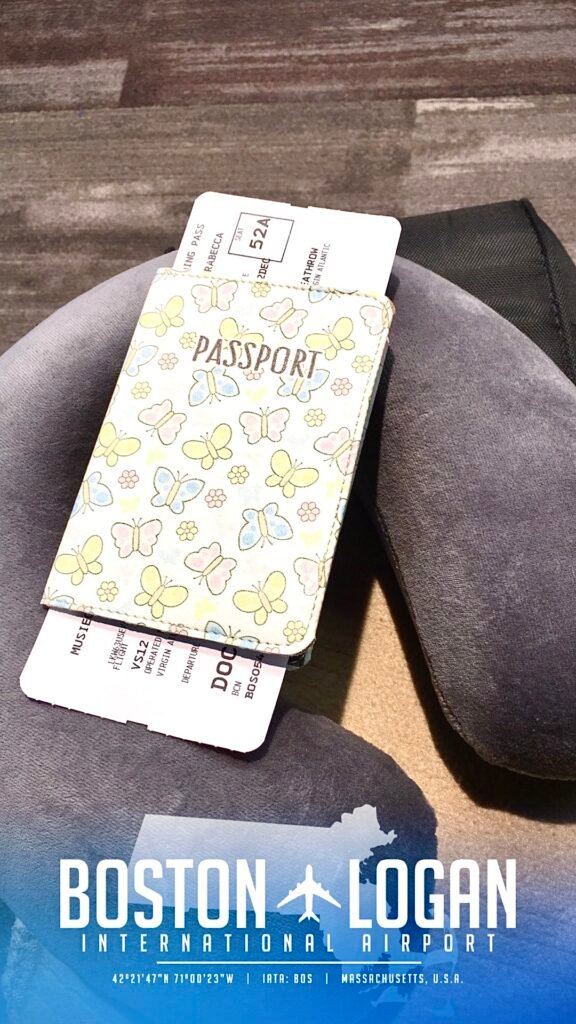
At that time, it felt like a straightforward easy win. Now with the benefit of hindsight and having supported many friends and family members through their own applications, I realize I was lucky.
There was a combination of factors that worked in my favour and smoothed out any doubts, primarily being a student in the US and having a formal invitation. I don’t know how successful my application would have been without these.
While my application went smoothly on the surface, I now realize there were some mistakes I made – both in my mindset and some of the documents I submitted. If I were to apply for my first Schengen visa today, here’s exactly what I would do differently – and what I recommend you consider too.
Mistakes, lessons & what I would do differently today
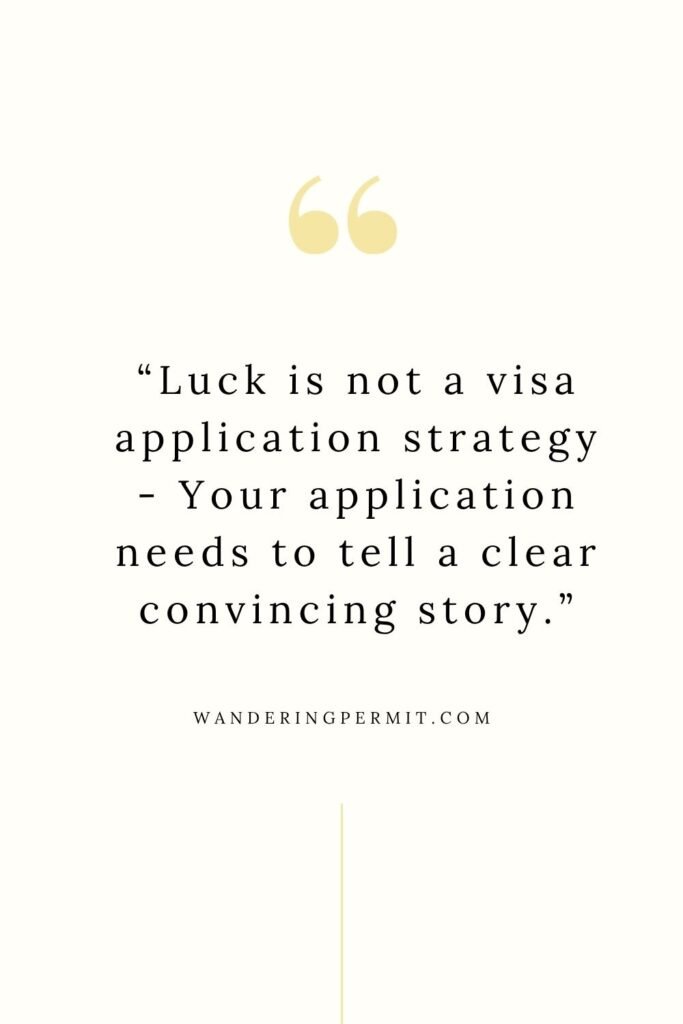
1. Don’t assume an invitation letter is enough
At the time, I thought that having an invitation letter was my golden ticket. The letter felt like a solid “inside connection” – especially since it came from a diplomat.
If anything, I now know that having family connections can be a detriment and form the basis for denial. There is a risk that it signals lack of strong connections in your home country or possibility to migrate.
I understand now that while invitation letters support your application, they do not replace the need to establish your own credibility and purpose of travel. When I apply today, I ensure that my cover letter explains my reason for travel in my own words, rather than just depending on extra supporting documents.
2. Always prove your ties – even if you’re in a ‘safe’ country. Do not make assumptions.
Applying in the US gave me a false sense of security, especially as I didn’t really think of proving why I’d return to the US after my trip. I had an attitude of assuming the visa officer would see that I had no reason to leave the US.
I was lucky that my student documents filled the gap of showing my ties to the US. However, had I been working or in a less formal situation, then I may not have emphasized my ties enough.
Now, I am very proactive with evidencing my return commitments – academic, professional and family ties, both when applying from my country of citizenship or a third country. Do not make assumptions.
3. Visa officers care about your documents – not good intentions
Time and time again, I see denied applicants mentioning how they had no nefarious intentions when applying for a tourist visa. Well, I can relate, when I applied for my first Schengen visa, I thought “I am going for a simple meeting – why would they deny me?”
I just assumed that certain things like the fact that I’ll come back would be ‘obvious’ to the visa officer. That mindset is dangerous.
Quick Tip: Visa officers don’t know you or your intentions, they must make decisions based on your risk on paper. Don’t assume things are ‘obvious’ to them. Always prove yourself and ensure your application package addresses any potential doubts or questions.
4. Your visa application documents need to tell a clear, cohesive story
During my first application, the document list was primarily a checklist that I wanted to tick. In retrospect, I could have packaged the application better by connecting the dots between documents. For instance, my trip was to both visit family and attend a fellowship meeting.
I should have had a cover letter summarizing my intentions, travel purpose and itinerary which would application much easier to understand.
When I apply now, I arrange my documents such that they tell a coherent doubt-proof story – not just meet a checklist.
5. Every visa is a building block for the next one
Every visa contributes to you building that robust travel history. At the time, I was mostly focused on getting that visa. I did not realize how this application would set the tone for future applications.
First, getting a Schengen visa opens a lot of the world – the 29 Schengen countries of course, additional countries that you can travel to visa-free with your Schengen visa. When applying for other selective visas like US, UK etc – then having a previous Schengen visa helps.
If I’d do it again, I’d approach the entire process with a longer-term strategy knowing that each visa approval builds credibility for visa applications. Overcoming a previous visa denial is its own challenging endeavour.
Closing Thoughts: How my first Schengen visa inspired Wandering Permit
My first Schengen visa experience was a valuable learning experience – not because it was faced with challenges, but because it showed how one can easily fall into the trap of thinking “it’ll be fine” or “it’s just another application”.
I had the right documents, for sure. But I did not understand the strategy of how visa officers assess applications. They don’t only look at what you submit, but how you present your intentions and ties to your home.
In my case, being based in the US helped smooth any rough edges with my casual approach. But many visa-required travellers are applying from countries with stricter scrutiny. These small oversights can lead to refusals.
This is exactly why I started Wandering Permit – to share not just how to apply for visas, but how to prepare strategically and avoid the pitfalls I learned along the way. Ultimately, I hope having this knowledge allows more people to travel confidently no matter their passport.
If you’re preparing your own Schengen visa application, I recommend checking out these two posts next:
- How to Choose the Best Country for your Schengen visa application – including factors on why your country choice may matter more thank you think.
- How to Book Schengen Visa Appointments Fast (even when slots are full) – my best strategies for hunting down appointment slots before they disappear.
And if you want to receive more practical visa tips, lessons from my travels and other resources straight to your inbox, then sign up for my newsletter Permit Pending – where we navigate the world of travel, one visa at a time.

About wandering permit
Hi, I’m Becky – a world traveller who has visited over 35+ countries on my ‘weak’ passport and successfully applied for tens of visas. I am Kenyan passport holder who has lived across the US, Europe (Belgium, France and Denmark) – and currently live in London, UK. On Wandering Permit, I share honest tips to help visa travellers navigate application processes with less stress. My goal is to help make travel planning easy!

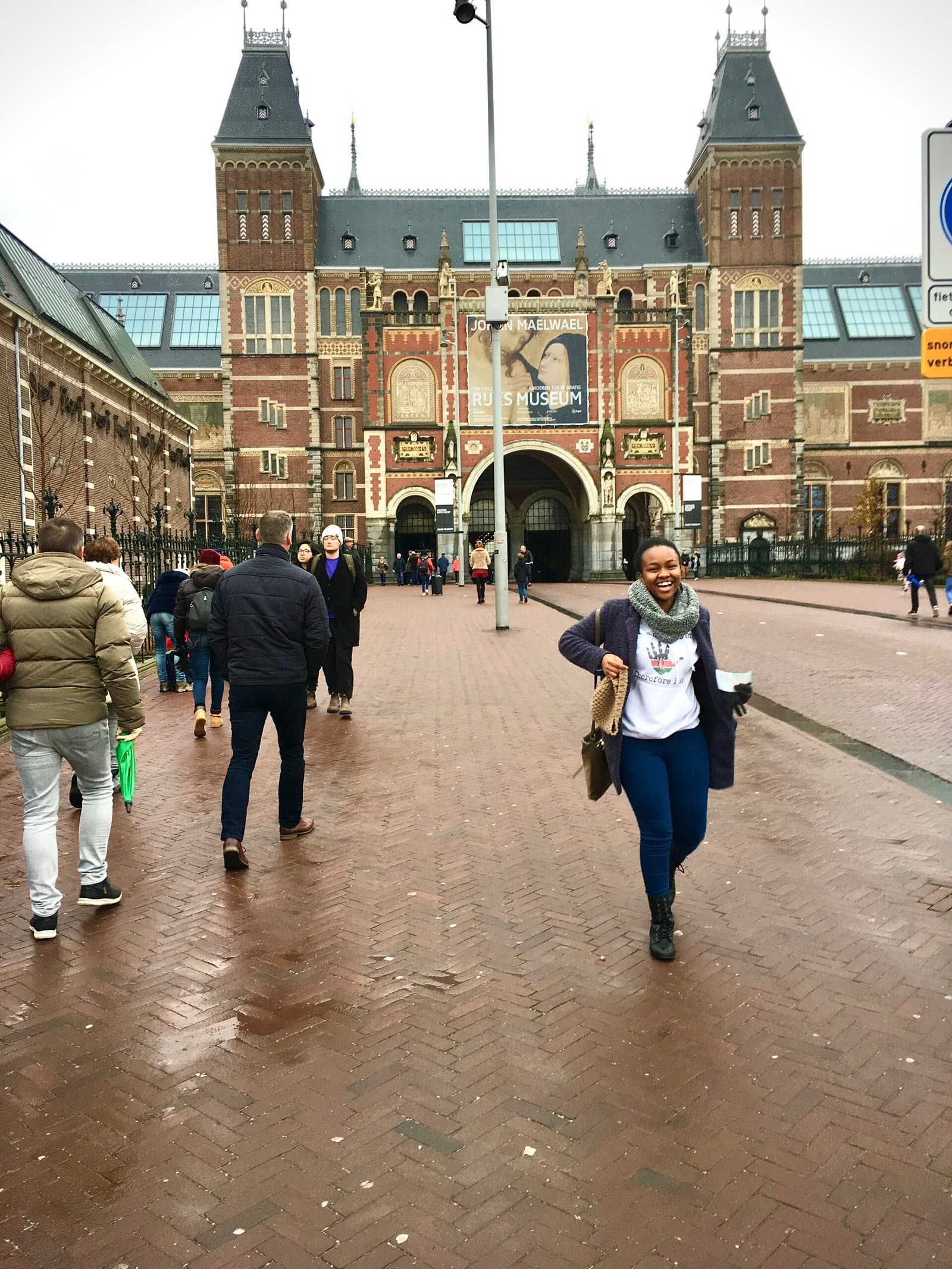
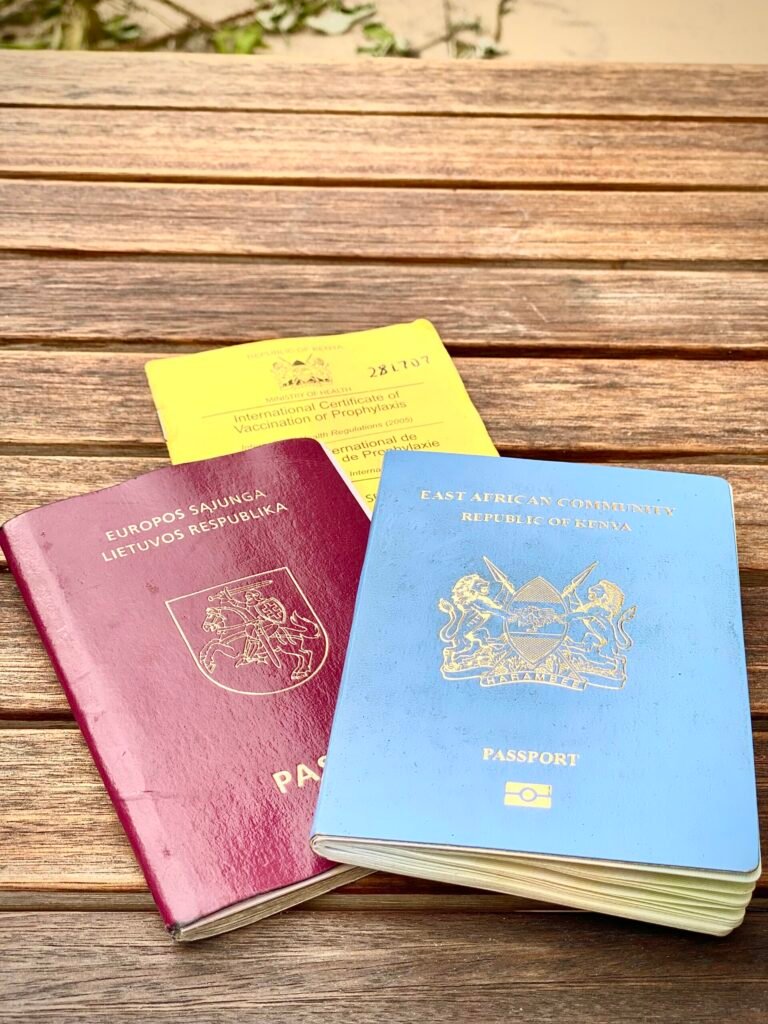
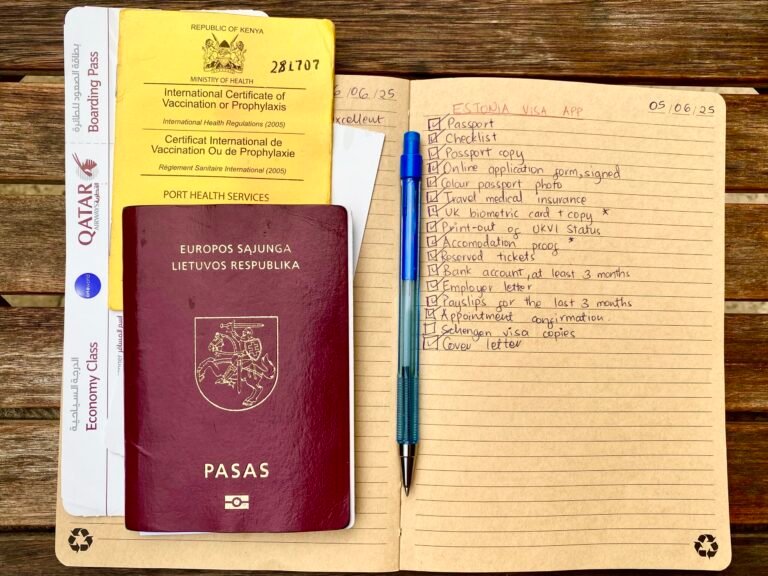
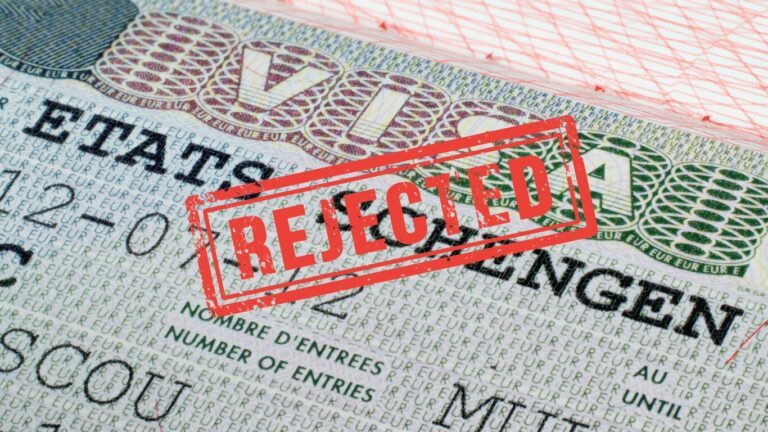
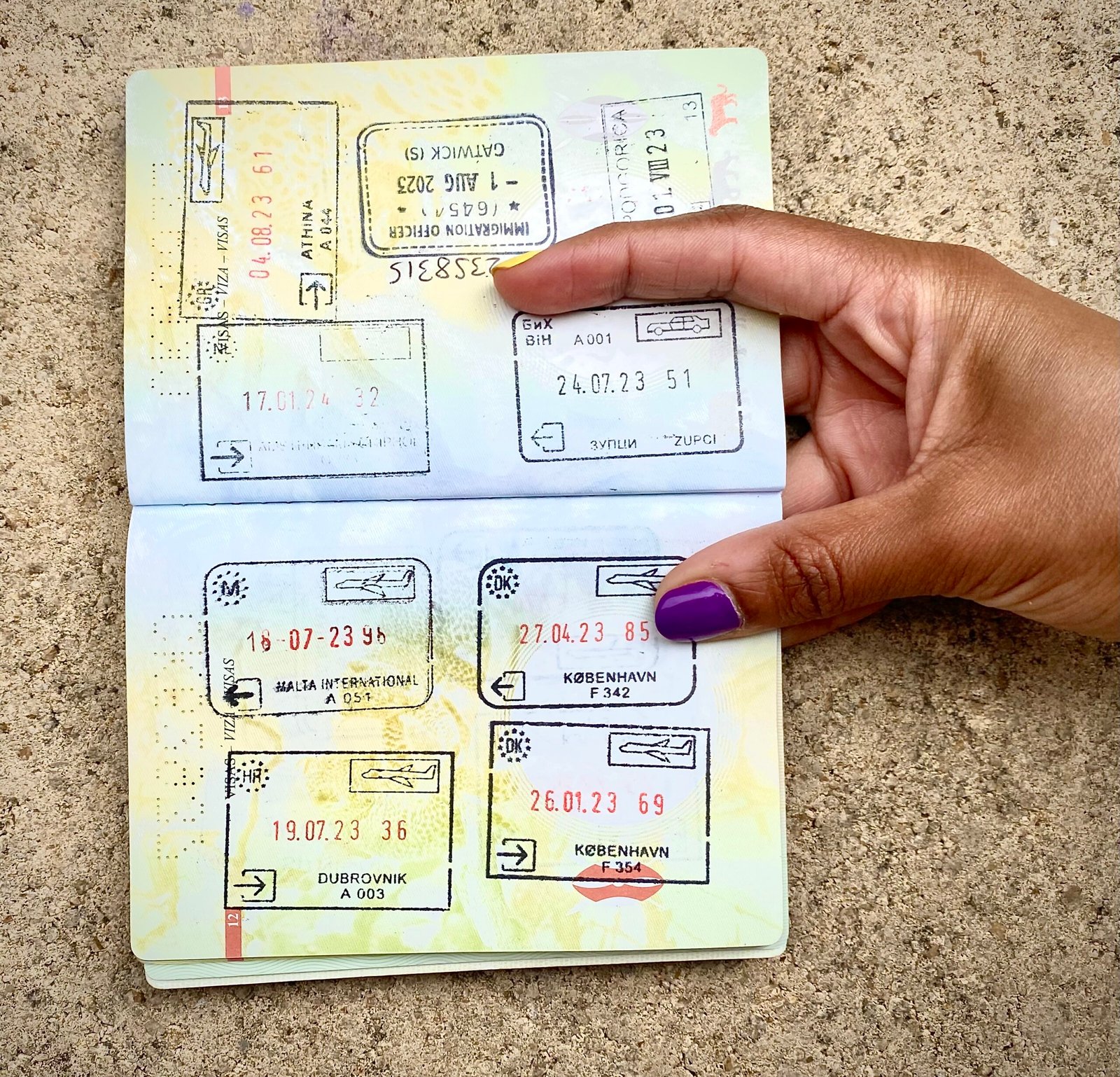
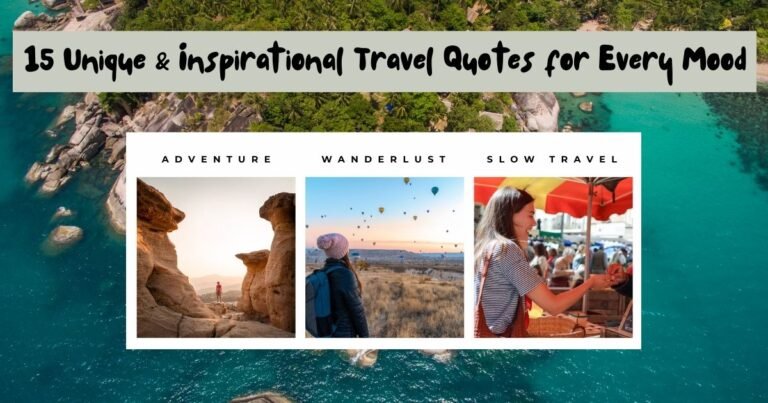
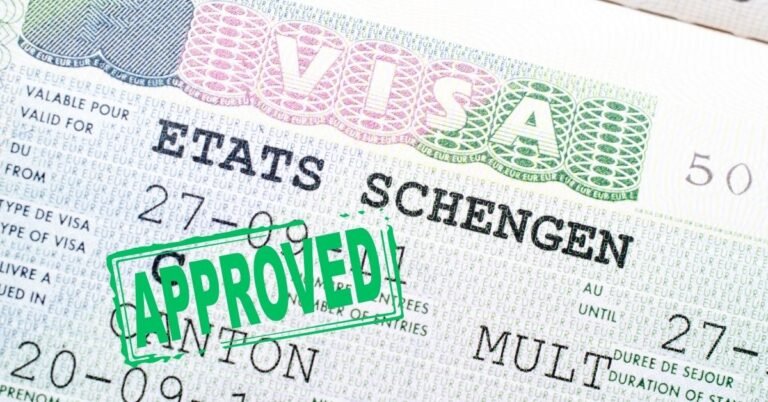
4 Comments